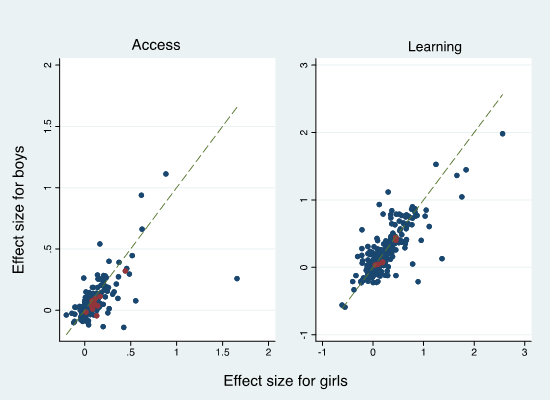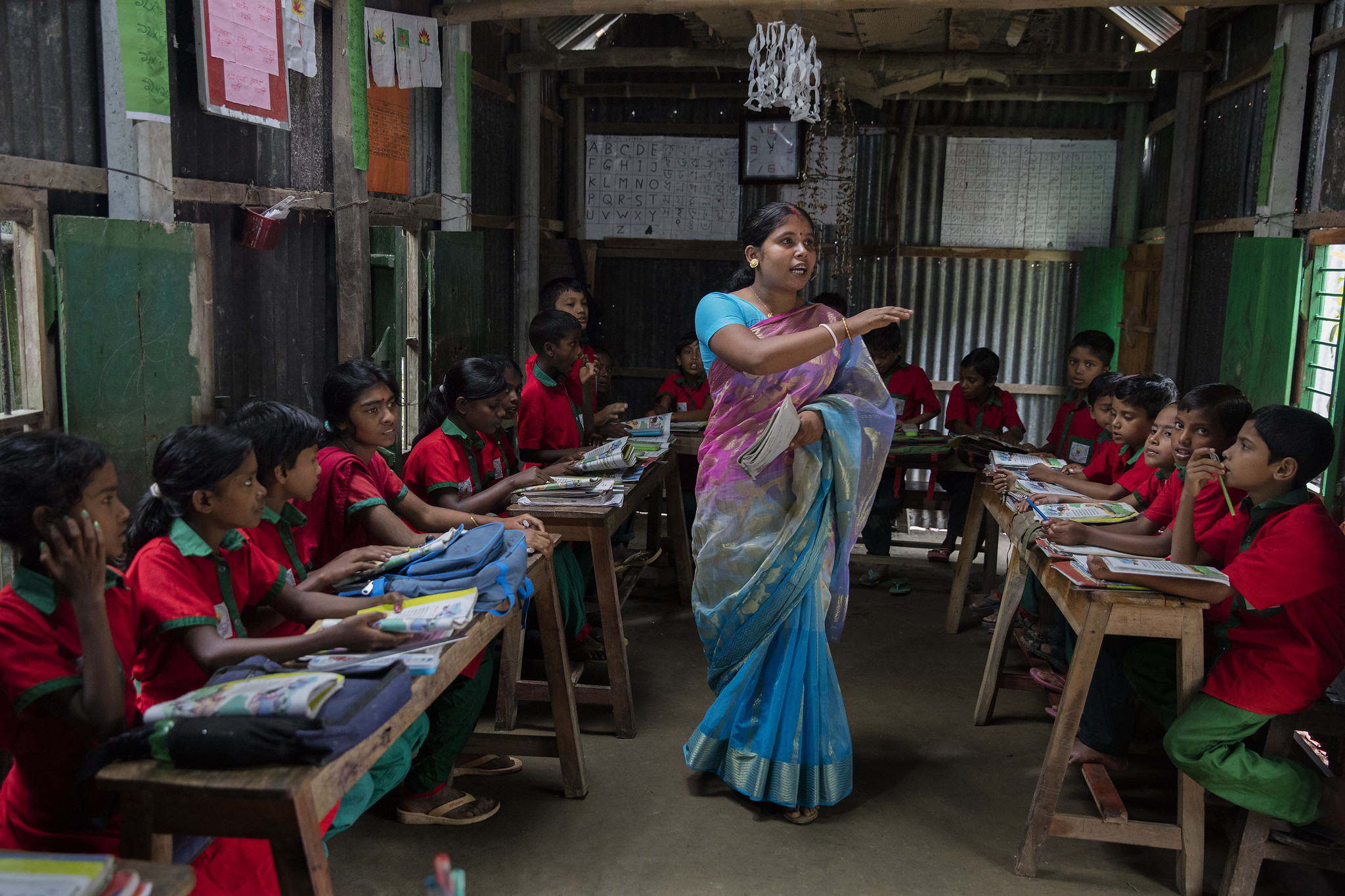Recommended
Many educational interventions boost outcomes for girls in settings where girls face educational disadvantages, but which of those interventions are proven to function effectively at large scale? In contrast to earlier reviews, this review focuses on large-scale programs and policies—those that reach at least 10,000 students—and on final school outcomes such as completion and student learning rather than intermediate school outcomes such as enrollment and attendance. Programs and policies that have boosted school completion or learning at scale across multiple countries include school fee elimination, school meals, making schools more physically accessible, and improving the quality of pedagogy. Other interventions, such as providing better sanitation facilities or safe spaces for girls, show promising results but either have limited evidence across settings or focus on intermediate educational outcomes (such as enrollment) or post-educational outcomes (such as income earning) in their evaluations. These and other areas with limited or no evidence demonstrate many opportunities for education leaders, partners, and researchers to continue innovating and testing programs at scale. We discuss three considerations for incorporating evidence-based solutions into local education policies—constraints to girls’ education, potential solutions, and program costs—as well as lessons for scaling programs effectively.
Rights & Permissions
You may use and disseminate CGD’s publications under these conditions.







